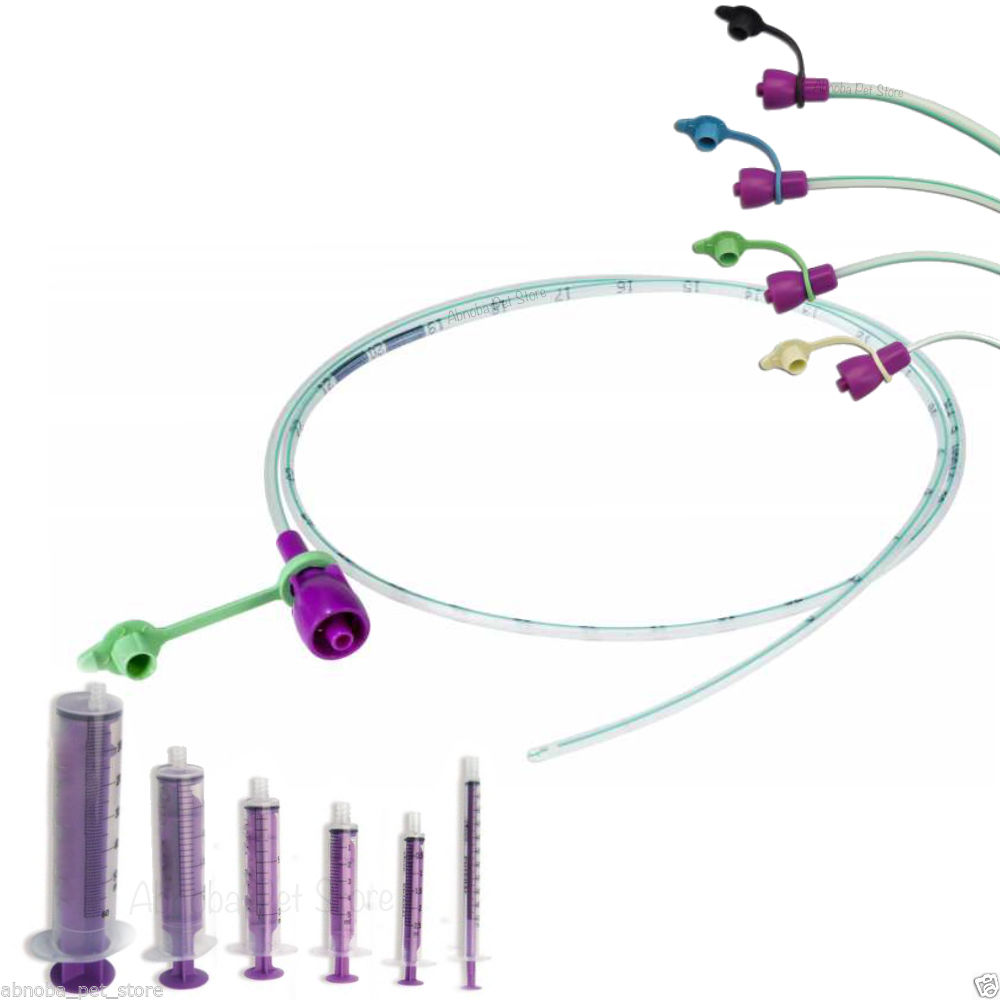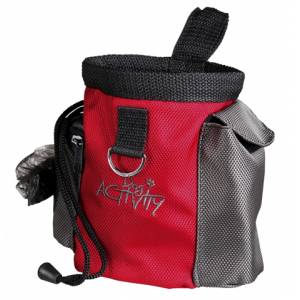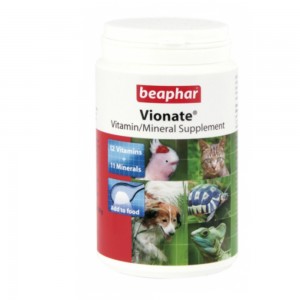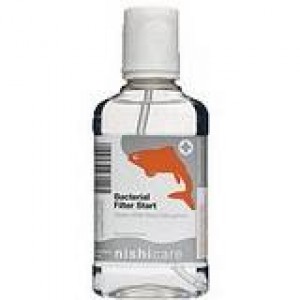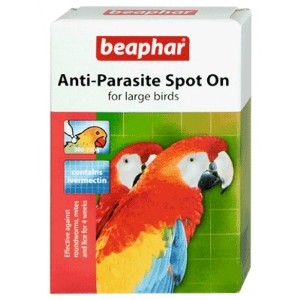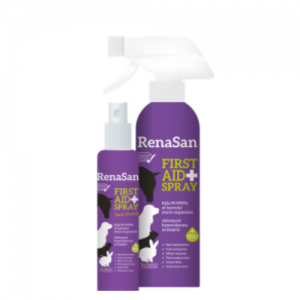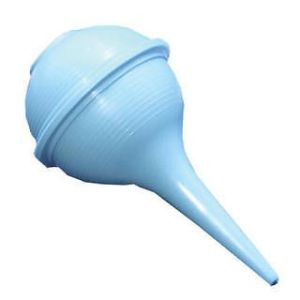
Tube Feeding
Tube Feeding
If a puppy is too weak to nurse or the mother will not care for her litter, the breeder may need to tube feed the young. The necessary equipment includes the appropriate sized soft pliable catheter (your veterinarian will help you get the right size), syringes to hold formula, the formula warmed in a bowl, and a marking pen.
The best way to learn to tube feed is by having your veterinarian or veterinarian technician demonstrate on a puppy and then you feed the rest of the litter at the clinic under supervision.
After weighing each puppy and determining the amount to feed, measure each individual puppy from the nostril to the last rib for the feeding tube. This is the length of feeding tube you will insert. Mark the tube. A tube for each puppy would be ideal. These steps should be repeated each and every day that the animals will be tube fed formula.
Draw up slightly more formula into the syringe and catheter than is needed for the animal. Place the animal on a towel in your lap with the head and chest on a slight upward incline. Hold the back of the animal’s head gently. Open the animal’s mouth with that same hand. Direct the tube into the front of the animal’s mouth (NOT from the side). Do not force the tube to go in. The puppy will reflexively swallow when the tube is at the esophagus. If the animal does not swallow and you force the tube, it could end up in the trachea. Once the animal swallows, the tube should slide easily to the point you have marked. Once it is in the proper location, slowly depress the plunger on the syringe.
The tube should be withdrawn after feeding half of the required meal and the animal should be burped. After burping, reinsert the tube and feed the rest of the meal. Burp the animal again and stimulate for urination and defecation. After the feeding, the animal’s abdomen should appear rounded and full.
Before feeding the first puppy, practice drawing up water or formula and depressing the plunger. Note the force of the water or formula as it leaves the catheter. Gently depress the plunger to avoid damaging the animal’s stomach wall. It will take practice to handle the syringe, catheter, animal, and formula all at once.
Do not overfeed and overdistend the abdomen. This will cause the puppy pain, causing it to struggle and cry.
If the puppy coughs or gags when you start to depress the plunger, withdraw the feeding tube and start over. You may have the tube in the trachea. If you continue to inject the formula, the animal may get aspiration pneumonia or suffocate.
If the puppy regurgitates or vomits the food, do not feed it again at that meal. If it occurs for 2 meals in a row, contact your veterinarian.
It is preferable to feed at least 2-3 meals a day by bottle to allow the puppies to suckle. This may help decrease the amount the animals attempt to nurse on each other, which may result in skin sores.

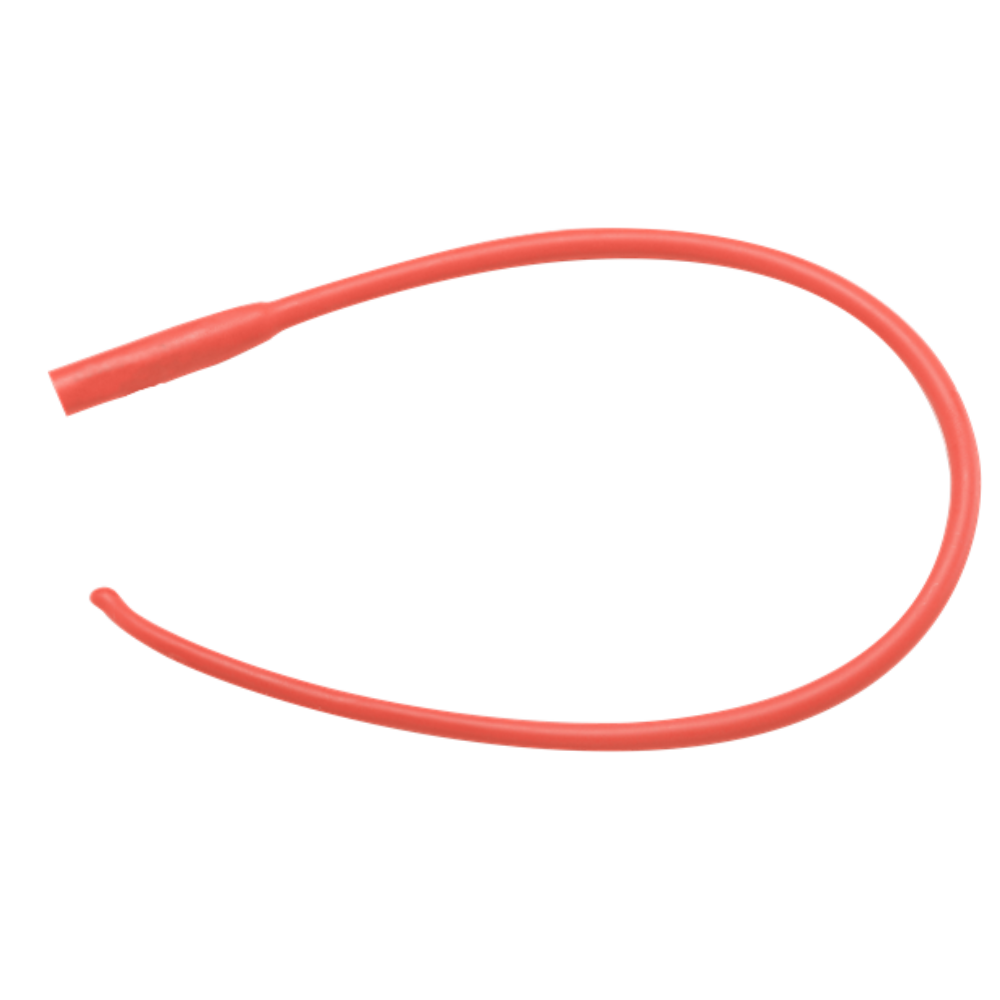
Red Feeding Tubes
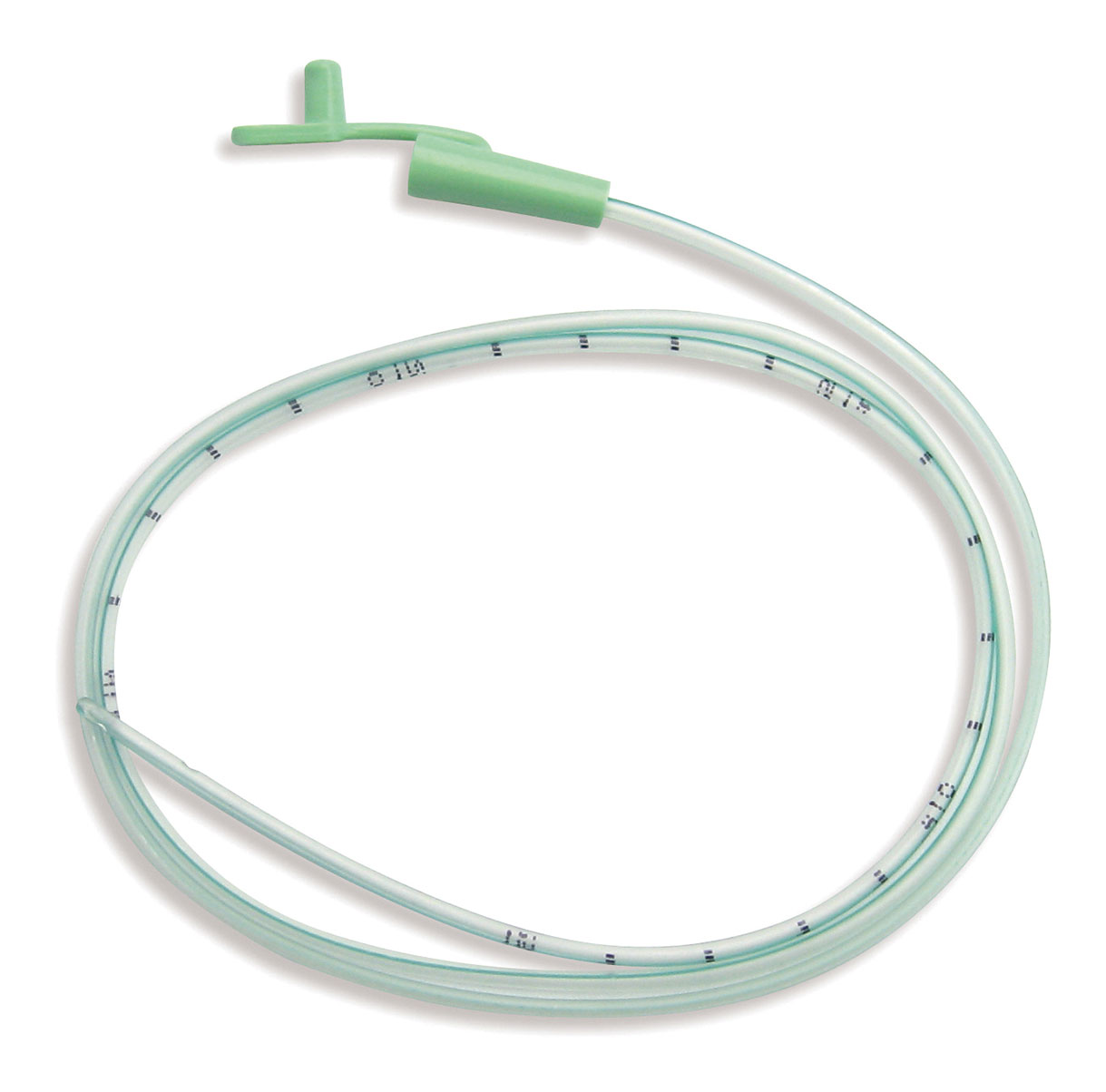
Standard Tubes Luer Fit
